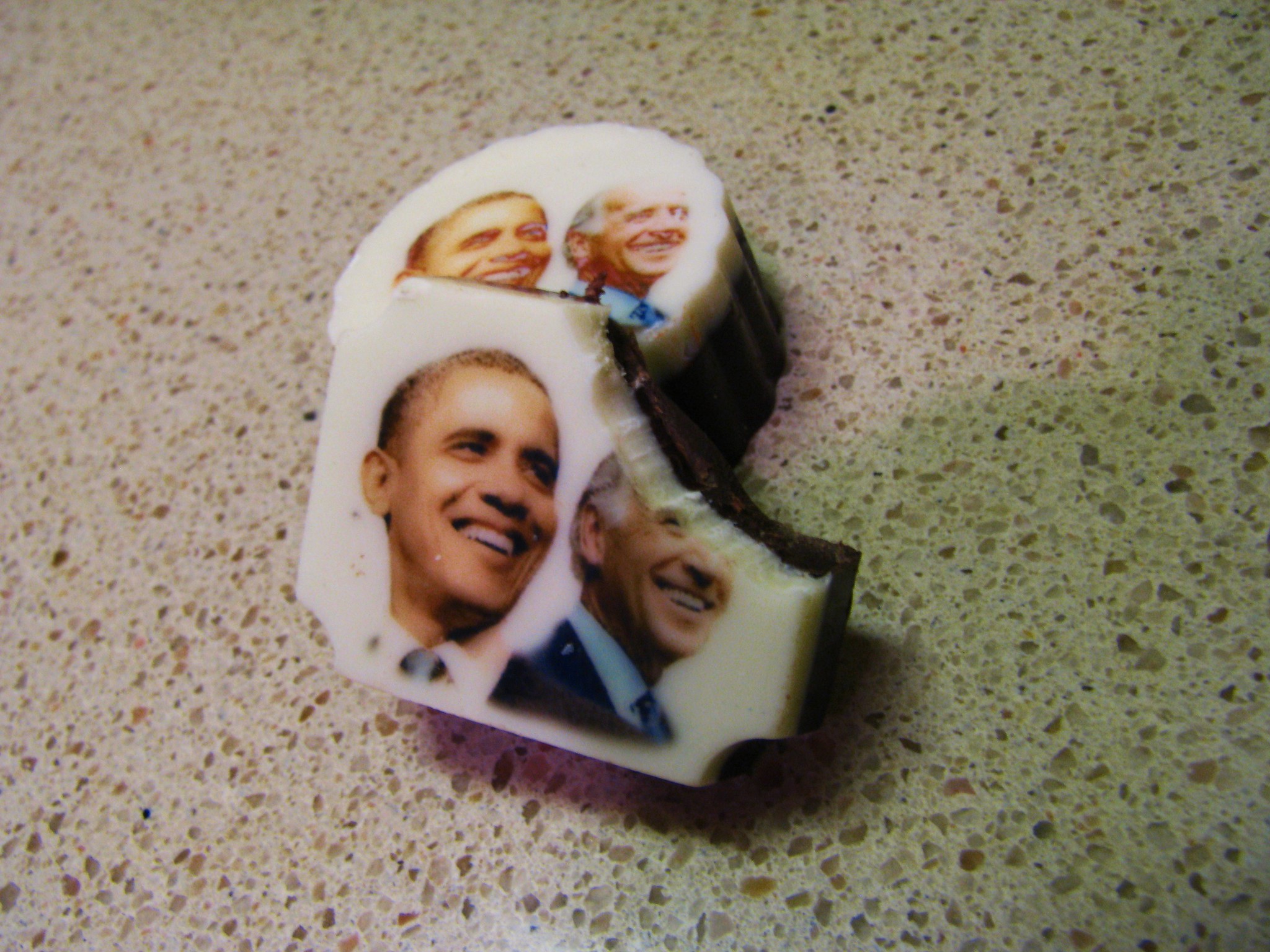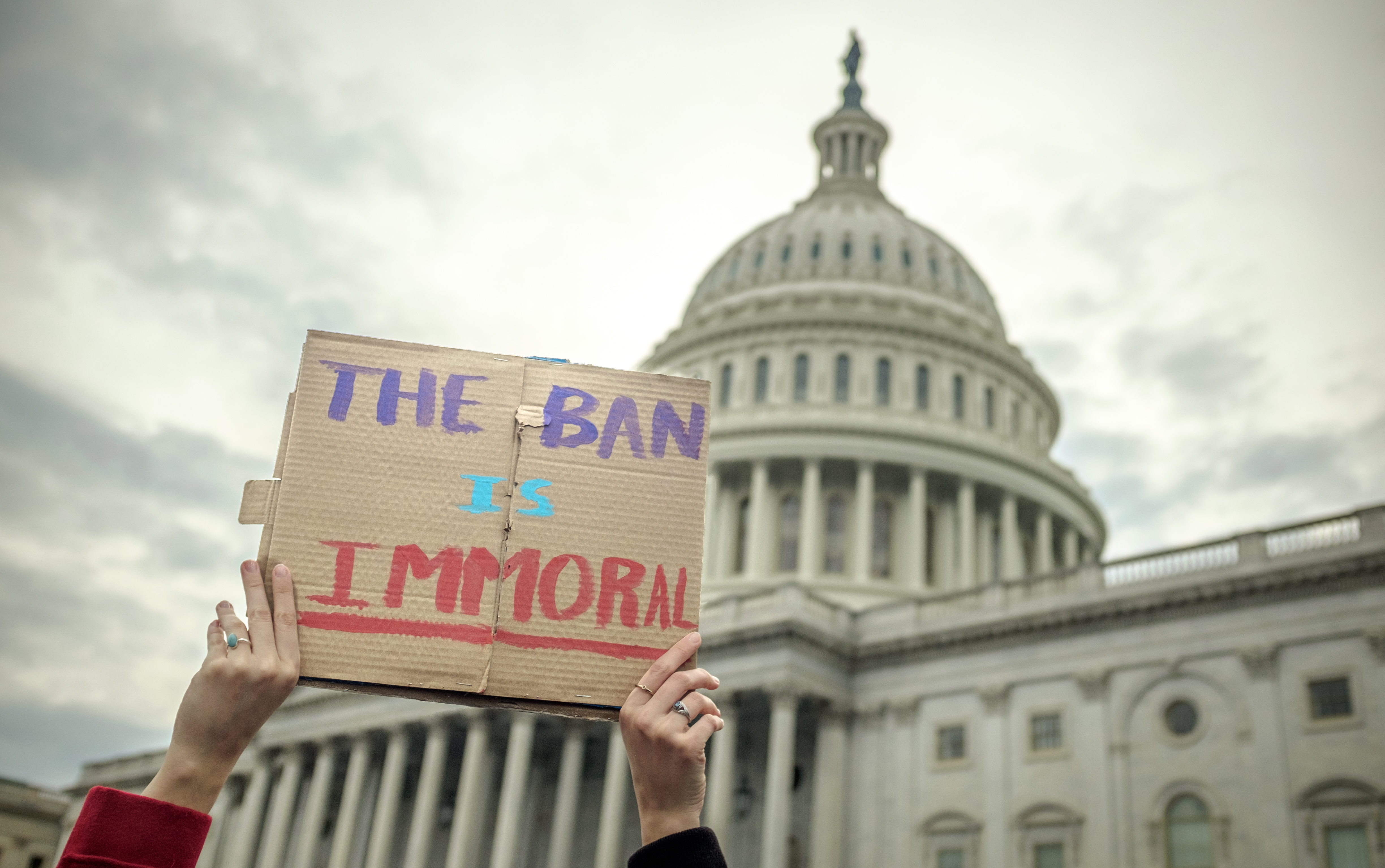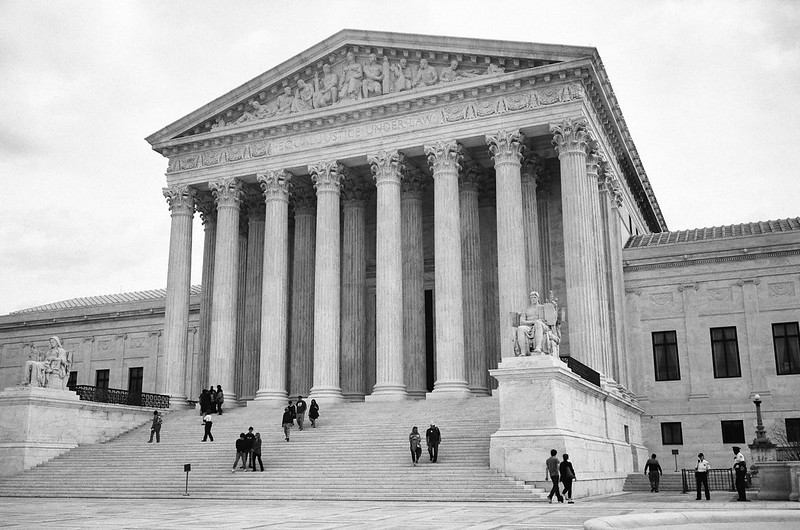On February 3, 2017, Federal Judge the Honorable James L. Robart, granted a nationwide Temporary Restraining Order halting the enforcement of the provisions of President Trump’s executive order regarding immigration. The purpose of this article is to briefly discuss that decision, and what will happen next, from an academic perspective.
Q: What is a TRO?
Courts have the power to enjoin, or prevent, certain actions, including the actions of government agencies, by issuing a Temporary Restraining Order.
Temporary Restraining Orders are an “extraordinary remedy” that are rarely granted. The fact that Washington State was able to obtain a Temporary Restraining Order suggests that the executive order in question overreached the bounds of normal executive actions.
In order for a court to issue a Temporary Restraining Order, or “TRO,” it must decide that the party seeking the order has a “likelihood of success on the merits.” This means that the party will probably win their case. The party seeking the order must also show that any harm that will happen if a TRO is not issued will be “irreparable,” that it is “equitable” (or fair) for the party to obtain a TRO, and that there is a “public interest” in obtaining the TRO.
This does not mean that the Court is making a binding decision about who will win or lose a lawsuit. It simply means that at this early stage in the case, the party seeking a restraining order appears to have such a strong case that if they can prove that case, they will probably win the entire lawsuit.
Another test to determine whether a temporary restraining is justified, involves determining whether there are “serious questions going to the merits” of the lawsuit, and “the balance of the hardships tips sharply” in favor of the party seeking a restraining order. In other words, does a lawsuit raise serious questions of law, and does an early decision inconvenience one side or other of a lawsuit. Both tests are discussed in Judge Robart’s order on pages 3-4.
Q: What is the legal effect of this TRO?
The temporary restraining order halts the enforcement of specific portions of the executive order, specifically, Sections 3(c), 5(a), 5(b), 5(c), and 5(e). These are all of the sections of the executive order that pertain to refugees, visa holders, and immigrants from the countries of Iraq, Syria, Sudan, Iran, Somalia, Libya and Yemen. However, the temporary restraining order does not stay section 5(d), which limits the number of refugees the United States will accept this fiscal year to 50,000.
Also, the executive order no longer applies to lawful permanent residents, according to a clarification issued by the executive branch. Prior to that time, the executive order affected an estimated 500,000 lawful permanent residents.
Q: What is the practical effect of the TRO?
Unless it is overturned, the temporary restraining order means that the executive order will no longer be enforced.
There had been concerns in the past regarding whether or not the U.S. Customs and Border Patrol were complying with court orders staying the executive order, however, the Department of Homeland Security has promulgated a press release stating that they will abide by the stay.
Q: How Long Will The TRO Remain in Effect?
Currently, the federal government is appealing the Temporary Restraining Order to the Ninth Circuit Court of Appeals. The Ninth Circuit has refused to grant an “administrative stay,” which would overturn the TRO temporarily, while the Ninth Circuit considers whether to grant the federal government an “emergency stay” of the TRO.
The Ninth Circuit, has requested expedited briefing of the emergency stay. The last brief will be filed on Monday, February 6, 2017, at 3:00 p.m., and a decision is expected soon after. If the court denies the emergency stay, the TRO will remain in force, pending an appeal. The government’s request for an emergency stay is discussed in more detail in their motion, which also includes a transcript of the TRO hearing before Judge Robart.
In short, if the Ninth Circuit decides to reverse the TRO, it could happen as early as Monday, February 6, 2017. Whatever decision the Ninth Circuit reaches, it is likely to be appealed to the United States Supreme Court.
Q: What Will Happen if the Ninth Circuit Does Not Overturn the TRO?
At the same time that the federal government is appealing the TRO, Judge Robart has requested that the parties agree to a schedule for a preliminary injunction hearing. That schedule must be set by February 6, 2017, and the Court has committed to setting a hearing on a preliminary injunction.
A preliminary injunction is the next step in the lawsuit. Following a hearing, at which both sides may present evidence, the court will consider the legal basis for the TRO again, based on that evidence. If the court concludes that the States of Washington and Minnesota still have a likelihood of prevailing on the merits, and that irreparable harm would result, the court will then enter a preliminary injunction. If that happens, the ban on enforcing the executive order will continue until the trial, unless the court decides to revisit the preliminary injunction before trial.
Q: How Can I Help Oppose This Executive Order?
A number or nonprofit organizations, including the ACLU, are filing legal challenges to this executive order. Other NGOs support efforts to protect immigrants to the United States and other countries, and can use support.
Maureen Pettibone Ryan practices general civil litigation in San Jose, California. She focuses on business litigation, employment and civil rights, representing sexual abuse victims, and education law. She attended the United States Air Force Academy and Santa Clara University for undergrad, and obtained her law degree from the University of Michigan Law School.
This article is not legal advice regarding immigration. Any person seeking such advice should contact either an immigration lawyer or immigration advocacy groups.
Photo Credit: Usmaan Z. Chaudhry



